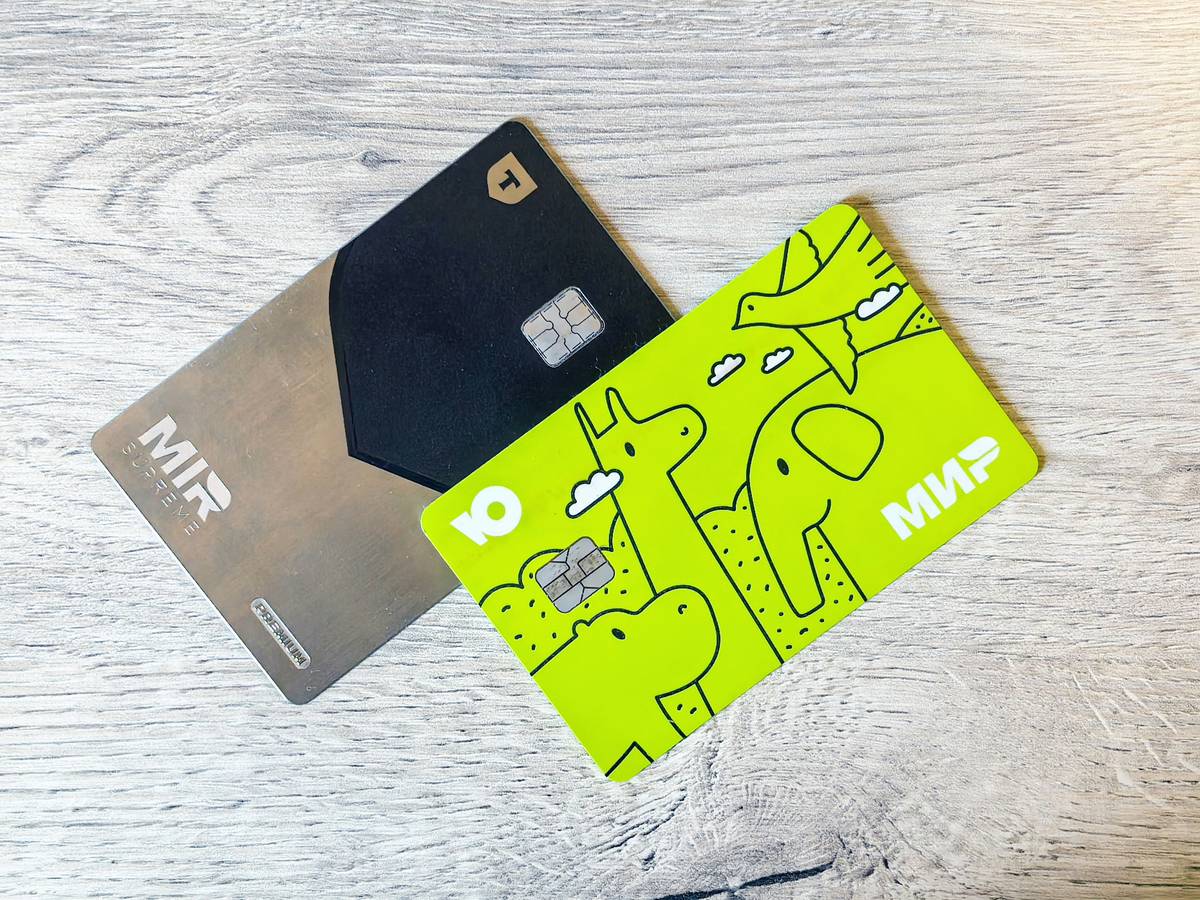“Ever opened a joint credit card only to realize the debt feels like it’s dragging you both down faster than a toddler clutching your leg at Target? Yeah, we’ve been there too.”
If this sounds familiar (or if it scares you enough to read on), you’re in the right place. Joint credit cards can be powerful tools for couples managing shared expenses—but they come with strings attached. Specifically, joint credit card debt laws. Understanding these laws is not just smart; it’s essential.
In this post, you’ll learn how joint credit cards work, what happens to debt when things get complicated, and actionable steps to protect yourself legally and financially. We’ll also sprinkle in some brutal honesty about pitfalls, real-world advice, and maybe even a meme or two.
Table of Contents
- Key Takeaways
- What Are Joint Credit Card Debt Laws?
- How to Manage Shared Debt Responsibly
- Pro Tips for Handling Financial Conflicts
- Real-Life Cases & Stories
- FAQs About Joint Credit Cards
Key Takeaways
- Joint credit cards bind both parties legally to all charges—no matter who made them.
- Laws vary by state, especially regarding divorce and shared debt responsibility.
- Open communication and clear agreements are vital before opening a joint account.
- Avoid adding authorized users unless absolutely necessary—it complicates liabilities.
- Always prioritize understanding over convenience when merging finances.
What Are Joint Credit Card Debt Laws?

Image: A visual representation of joint liability between partners sharing a single credit card.
Here’s the cold hard truth: When you open a joint credit card, BOTH cardholders become equally responsible for paying off any balance. That means whether your partner racks up $500 on groceries—or $5,000 on luxury headphones—you’re both legally obligated to pay.
This legal framework falls under contract law, which governs joint accounts. But here’s where it gets sticky:
“Optimist You:” ‘No big deal—we trust each other!’
Grumpy You: ‘Yeah, until someone forgets their spending limits…'”
Different states have different rules around how debts are treated after separation or divorce. In community property states like California, all debts incurred during marriage are considered shared debts—even those racked up unilaterally. Meanwhile, equitable distribution states divide responsibilities based on fairness rather than equality.
How to Manage Shared Debt Responsibly

Image: A laptop screen showcasing personal finance management software for monitoring joint debts.
Managing a joint credit card responsibly isn’t rocket science—but it does require discipline and transparency:
Step 1: Set Clear Spending Limits Together
Decide upfront how much either person can spend per month without consulting the other. For example, one family might agree that anything over $200 needs mutual approval.
Step 2: Use Budgeting Apps
Download apps like Mint, YNAB (You Need A Budget), or PocketGuard to track spending in real time. Pro tip: Share logins so neither partner feels left out.
Step 3: Automate Payments
Set up automatic payments from a shared checking account to ensure bills are paid on time every month. Late fees kill scores and create unnecessary stress.
Step 4: Regular Check-ins
Schedule monthly “money dates” where you review statements together. Discuss any anomalies or concerns openly.
Pro Tips for Handling Financial Conflicts
Money fights aren’t fun—but ignoring issues won’t make them disappear. Here’s what works:
- Vent Before Blame: If you’re upset about an unexpected charge, wait 24 hours before addressing it. Calm conversations = fewer arguments.
- Prioritize Transparency Over Convenience: Don’t swipe your partner’s card without asking first. Transparency builds trust!
- Create an Emergency Fund: This prevents knee-jerk reliance on credit cards during crises.
TERRIBLE TIP DISCLAIMER: Whatever you do, don’t hide purchases from your partner thinking they won’t notice. Spoiler alert—they will—and it ALWAYS escalates.
Real-Life Cases & Stories
Let me share a confession:
Years ago, I added my sibling as an authorized user on my card without fully understanding the implications. Fast forward six months later—I found myself staring at thousands in random charges labeled “spa treatments” and “online subscriptions.” Let’s just say I spent more time arguing than enjoying coffee breaks.
Lessons learned:
- Authorized users don’t always need permission to spend.
- Never mix business with family/romantic relationships unless ABSOLUTELY clear guidelines exist.
FAQs About Joint Credit Cards
Q: Who owns the debt on a joint credit card?
A: Both parties share equal ownership of the debt—regardless of who made the purchases.
Q: Can creditors pursue me individually for joint credit card debt?
A: Yes! While collection agencies typically go after whichever name appears last on the statement, laws allow them to chase either party.
Q: Should I co-sign a credit card instead of applying jointly?
A: Co-signing carries less risk since only ONE applicant holds primary responsibility—but honestly, avoiding shared plastic altogether might save future headaches.
Conclusion
Navigating joint credit card debt laws doesn’t have to feel overwhelming—or sound as dry as reading tax codes aloud. By educating yourself, establishing ground rules early, and maintaining open lines of communication, you can safeguard against costly mistakes.
Remember:
- Joints loans mean JOINT liabilities.
- Trust starts with transparency.
- And hey—if nothing else sticks today, remember never to swipe without talking first…seriously.
P.S. Like keeping tabs on your MySpace page circa 2005, regular financial check-ins keep life running smoothly. 📊✨


